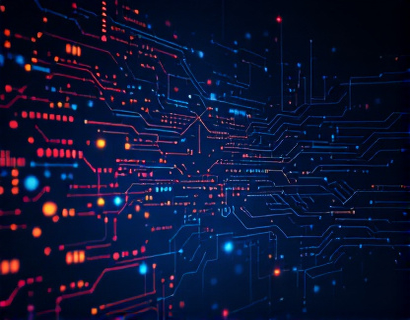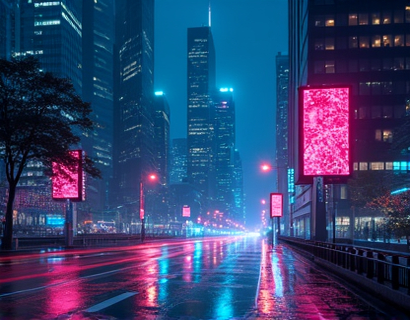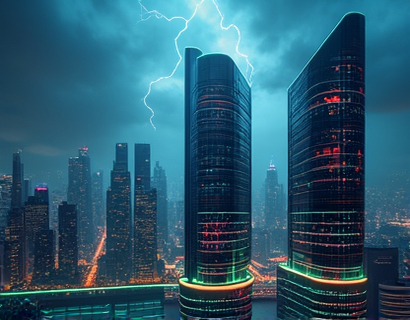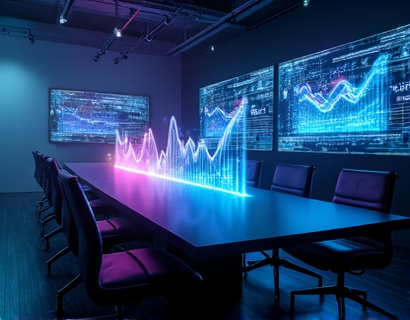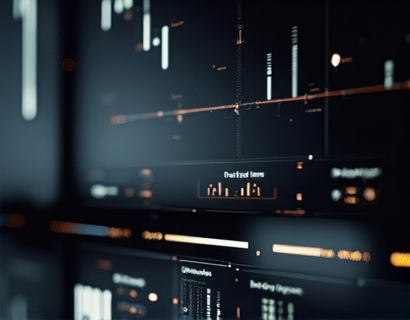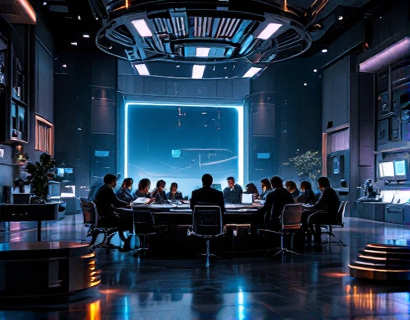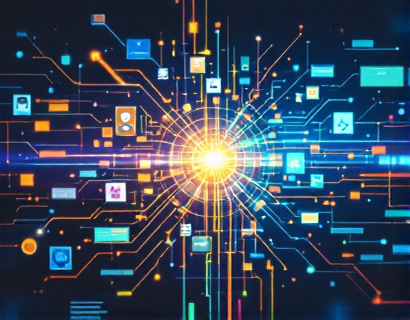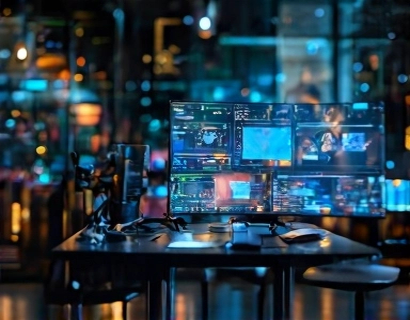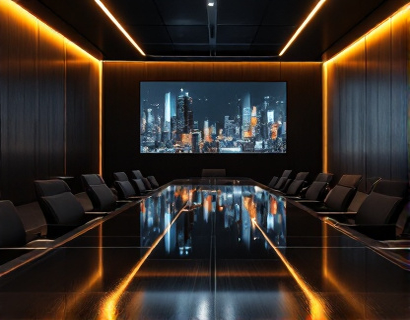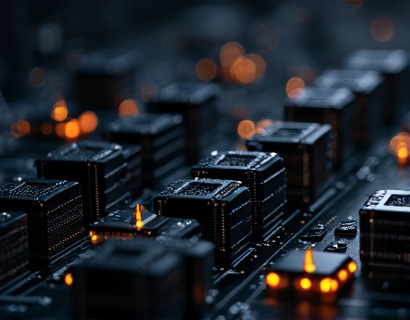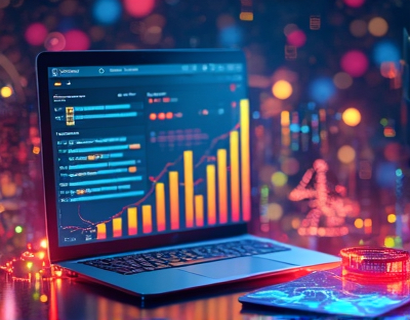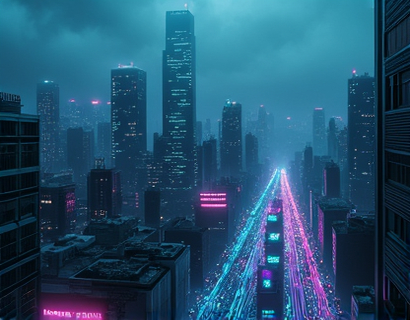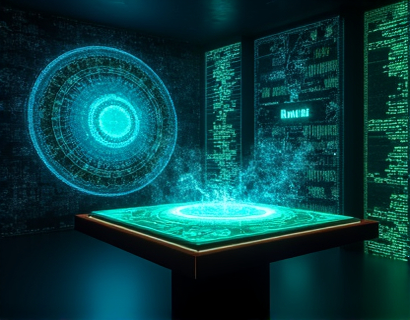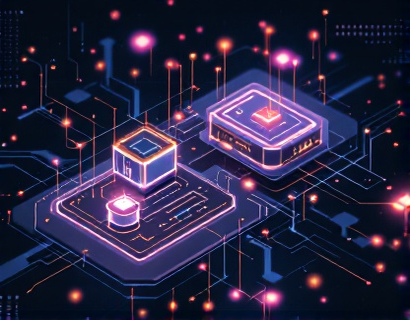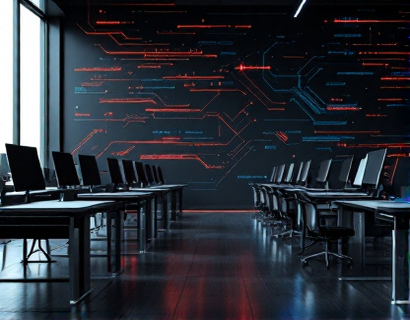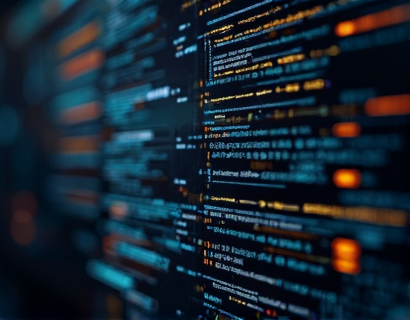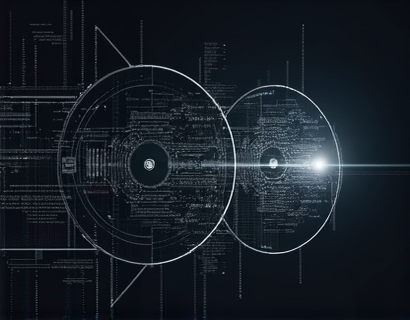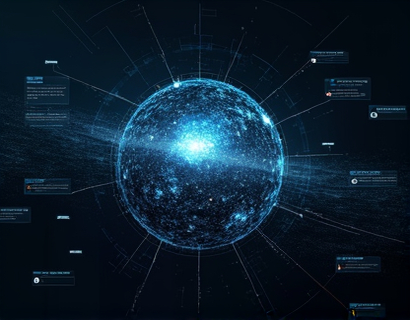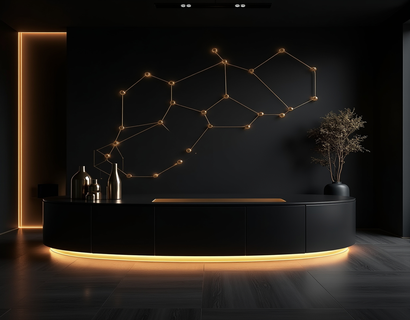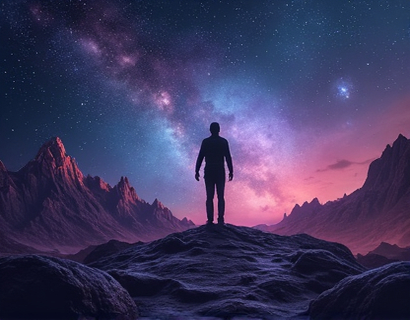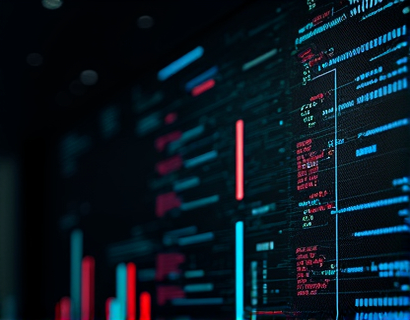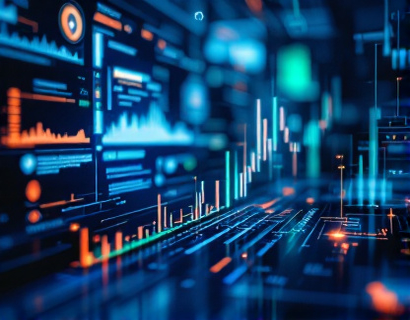AI-Powered Graphic Design: Revolutionizing Visual Creation for Everyone
The advent of AI-powered graphic design tools has marked a significant turning point in the world of visual creation. These innovative online platforms leverage advanced artificial intelligence to transform creative ideas into professional-quality graphics with unprecedented ease. This shift is democratizing graphic design, making it accessible to a broader audience, including those without extensive design skills or experience. From busy entrepreneurs to creative hobbyists, the impact of these tools is profound, enabling users to produce high-quality visual content efficiently and effectively.
Understanding AI in Graphic Design
AI in graphic design operates through a combination of machine learning algorithms and neural networks. These technologies allow the software to learn from vast datasets of design elements, patterns, and styles. When a user inputs a design concept or provides specific parameters, the AI engine processes this information and generates visuals that align with the user's vision. This process involves not only creating the initial design but also refining it based on feedback, ensuring the final product meets the user's expectations.
Key Features of AI-Powered Design Tools
These advanced tools come equipped with a range of features designed to streamline the design process. One of the most notable features is the ability to generate multiple design variations quickly. Users can explore different layouts, color schemes, and typography options with just a few clicks. This flexibility is invaluable for those who want to experiment and find the perfect combination for their project.
Another significant feature is the integration of text and image recognition. Users can upload existing images or text and have the AI tool enhance or modify them as needed. For instance, AI can optimize images for web use by adjusting resolution and format without compromising quality. Similarly, it can rephrase or reformat text to better suit the design context, ensuring consistency and readability.
Accessibility and User-Friendliness
One of the most compelling aspects of AI-powered graphic design tools is their user-friendliness. These platforms are designed to be intuitive, with drag-and-drop interfaces and step-by-step guides. This makes them accessible to users of all skill levels, from beginners who are new to design to seasoned professionals looking to expedite their workflow. The removal of complex software interfaces means that users can focus on creativity rather than technicalities.
Moreover, these tools are cloud-based, allowing for seamless access from any device with an internet connection. This flexibility is particularly beneficial for remote workers and freelancers who need to work on projects from various locations. The cloud storage also ensures that designs are saved automatically, reducing the risk of data loss.
Enhancing Creativity and Efficiency
AI-powered design tools significantly enhance both creativity and efficiency. Creatively, they provide users with a wealth of inspiration through pre-designed templates and elements. These templates can serve as a starting point, allowing users to customize and personalize their designs easily. The AI's ability to suggest design elements based on current trends and best practices can also spark new ideas and approaches.
In terms of efficiency, these tools automate many repetitive tasks, such as resizing images, adjusting color balance, and optimizing files for different platforms. This automation saves time and reduces the potential for human error, allowing users to complete projects faster and with higher quality. For marketers and small business owners, this means more time to focus on other critical aspects of their business.
Applications Across Various Fields
The versatility of AI-powered graphic design tools makes them applicable across a wide range of fields. For graphic designers, these tools can serve as a powerful extension of their creative toolkit, enabling them to produce a larger volume of work with greater precision. Marketing professionals can leverage these tools to create compelling social media graphics, email campaigns, and advertising materials that resonate with their target audience.
Small business owners, who often wear multiple hats, can use these tools to produce professional-looking logos, business cards, and website banners without the need for a dedicated designer. Social media managers can streamline their content creation process, ensuring a consistent and engaging visual presence across platforms. Content creators and educators can design eye-catching infographics and presentations to enhance their material.
Non-profit organizations can utilize these tools to create impactful fundraising materials and awareness campaigns. Freelancers and entrepreneurs can offer design services to clients more efficiently, expanding their service offerings and client base. The common thread across all these applications is the ability to produce high-quality visual content quickly and cost-effectively.
Benefits for Different User Groups
For graphic designers, AI-powered tools offer a way to enhance their productivity and explore new creative possibilities. They can focus on the more complex and artistic aspects of design while letting the AI handle the routine tasks. This collaboration between human creativity and machine intelligence can lead to innovative and unique designs that push the boundaries of traditional graphic design.
Marketing professionals benefit from the ability to create visually appealing content rapidly, which is crucial in a fast-paced digital landscape. The time saved on design work can be redirected towards strategy development and campaign execution. For small business owners, the ease of use and affordability of these tools mean they can maintain a professional online presence without breaking the bank.
Social media managers can ensure that their content is visually consistent and engaging, which is vital for building and maintaining an online community. Content creators and educators can produce high-quality visual aids that enhance learning and engagement. Non-profit organizations can craft compelling narratives through impactful visuals, helping to drive their mission forward.
Creative hobbyists and enthusiasts can explore their artistic side without the intimidation of complex software. The intuitive interfaces and guided processes make it easy for anyone to create beautiful designs, fostering a broader appreciation and participation in graphic design.
Challenges and Considerations
While AI-powered graphic design tools offer numerous advantages, there are also challenges and considerations to keep in mind. One potential issue is the reliance on technology, which can sometimes lead to a lack of personal touch or uniqueness in designs. Users must strike a balance between leveraging AI suggestions and infusing their own creative vision to ensure the final product stands out.
Another consideration is the quality of the generated designs. While AI has made significant strides, it may not always capture the nuanced and subtle elements that a human designer would naturally incorporate. Users should review and refine AI-generated designs to ensure they meet their specific needs and standards.
Additionally, there is a learning curve associated with using these tools, especially for those unfamiliar with AI technologies. However, most platforms offer tutorials and support to help users get started, making the transition smoother.
Future Trends in AI-Powered Graphic Design
The future of AI-powered graphic design looks promising, with ongoing advancements expected to further enhance its capabilities. One area of development is the integration of more sophisticated natural language processing, allowing users to describe their design concepts in natural language and have the AI translate those descriptions into visuals.
Another trend is the incorporation of augmented reality (AR) and virtual reality (VR) into design tools, enabling users to preview and interact with designs in 3D environments. This could revolutionize how designers and clients collaborate, providing a more immersive and realistic design experience.
Furthermore, the use of generative adversarial networks (GANs) and other advanced machine learning techniques is likely to improve the quality and diversity of AI-generated designs. These technologies can create more realistic and varied visuals, reducing the need for manual adjustments and enhancing the overall user experience.
Conclusion
AI-powered graphic design tools are transforming the way we create visual content, making it more accessible, efficient, and creative. By leveraging the power of artificial intelligence, these platforms empower users of all backgrounds to produce professional-quality graphics with ease. As the technology continues to evolve, the potential for innovation and creativity in graphic design is bound to grow, benefiting individuals and businesses alike.



